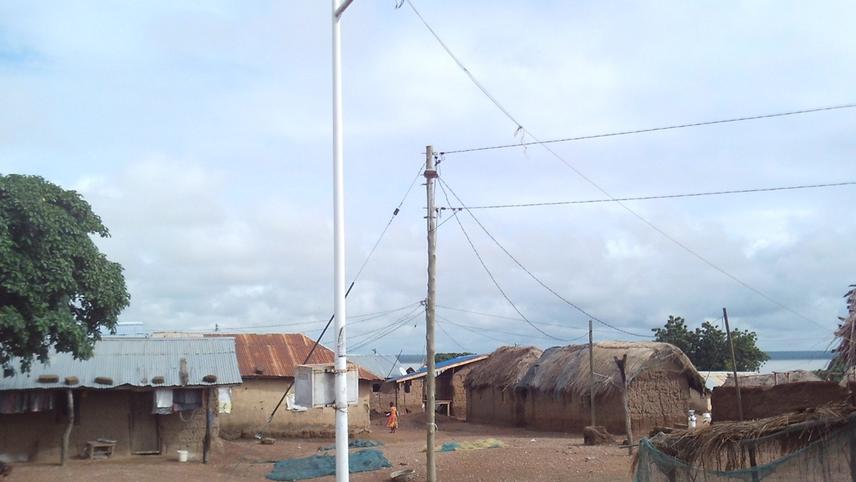Thaddeus Jude Nuru
The majority of people in sub-Saharan Africa depend on natural resources for their livelihood (FAO, 2007). Inhabitants engage in over-exploitation of natural resources, thus affecting the environment. Visible impacts of natural resources exploitation in the region include deforestation and extinction of faunal and fauna species. The cutting of trees for firewood contributes to deforestation in the region. Also, given that African rural populations often lack skill diversification (Stern, 2007), they engage in anti-conservation practices such as over-fishing.
Consequently, identifying the benefits of renewable energy and making the findings known to governments and development partners could lead to an increased deployment of renewable energy in many sub-Saharan African rural communities with several potential conservation benefits. Access to energy supply through mini-grids can potentially reduce cutting of trees for firewood. Also, with energy access, rural people can learn livelihood diversification skills and desist from over reliance on the natural resources.

A view of the mini-grid wiring system in Kudorkope.
The study involved three island communities along the Volta Lake in Ghana. Rural communities are chosen, because many people without access to electricity in sub-Saharan Africa are rural dwellers, where grid extension is difficult to execute (World Bank, 2017). Also, electricity access rate in Ghana is about 83% (Power Africa, 2018), which means 17 % of Ghanaians has no access to electricity. Of the 17% without electricity, majority live in the island communities along the Volta Lake.
Moreover, the inhabitants face a potential threat from sea level rise due to their proximity to the Atlantic Ocean. The communities were created during the construction of Ghana’s largest hydroelectric dam in 1965. The primary means of livelihood for the vast majority of the island inhabitants are fishing and Oyster mining (Boateng, 2016). While fishing remains their main source of income, they practice subsistent farming to supplement household food supply (Boateng, 2016). Thus, there is lack of skill diversification among inhabitants.
An estimated number of 600 to 1200 people inhabit each community with an average household size of 7 people (Boateng, 2016). Hitherto all the island communities surrounded by the Volta Lake lacked access to modern energy services and often had to rely on traditional energy services like firewood and charcoal. In 2018, however, SNV in partnership with the World Bank Group provided five of the island communities with mini-grid solar projects. For the first time in the history of these island communities, the inhabitants now have access to modern energy services. The predominant housing type is the thatch roof except few individuals that have been able to afford aluminum roofing sheets. In some of the communities, social services such as public school and health centers are non-existent, and inhabitants often must commute long distances to neighboring island communities to access these essential services.